14 years of Vanvas of Shri Ram.some details…
As long as the Mountains and Rivers exist on this Earth,so long will the Ithihaas of Ramayana prevail and spread among the people.Sage Valmiki sang the story of Ramayanam in 24,000 couplets,through divine inspiration,which is the Adhi Kavyam in the whole world.
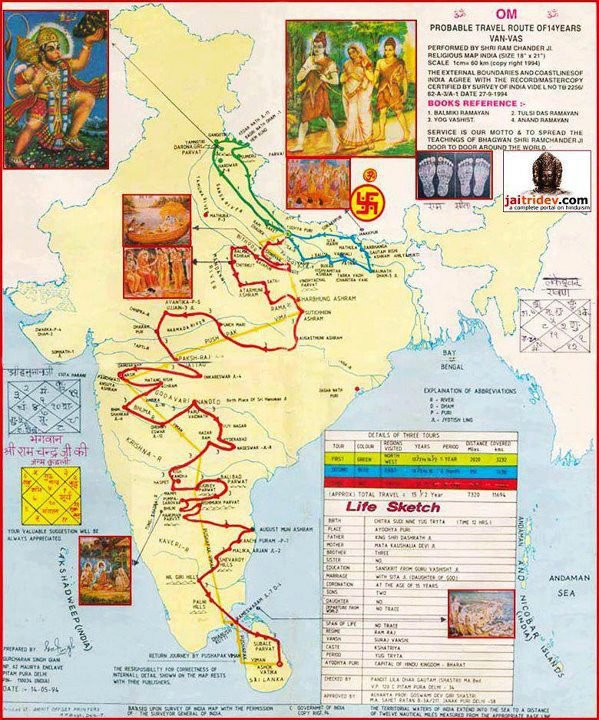
Places like Ayodhya where Shri Rama was born,Mithila(now in Nepal)where Shri Sita was born and married,are still in existence.In Mithila,there is Sitamarhi,where Sita was found in a furrow,still revered as the Janaki kunda constructed by her father Janak.After marraige Shri Rama and Sita left Mithila for Ayodhya via Lumbini(in Nepal).
The route taken by Shri Rama from Ayodhya to Rameshwaram is marked by as many as 195 Ancient sites testifying to his sojourn across Bharat during the 14 years exile.Every site is still identifiable and has continuing traditions or Temples to commemorate his visit.

RAM PAIDHI GHAT ON SARAYU RIVER
Ayodhya is on the southern banks of River Sarayu (Ghagra river) where Shri Rama was born.It is now situated in the Lucknow-Varanasi rail route.When Shri Rama decided to go to the forest acceding to the demands of Kaikeyi, Shri Rama,Shri sita and Shri Lakshmana were driven by Sumantara in a charriot down south to the banks of River Ganga.
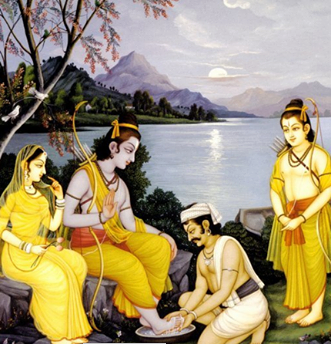
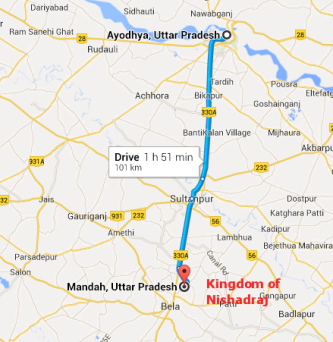
KEWAT PRASANG.
From Ayodhya Shri Rama travelled along the Gangetic belt to Tamsa Nadi Tal,20 km from Ayodhya.After crossing the Gomti Shri Rama reached Shingverpur(Singraur) 20 km from Allahabad in the Kingdom of Nishadraj Guh.This was known as “Kewat prasang” where a boatman refused to ferry them due to a old saying by which the dust of Shri Rama’s feet could turn a stone into a woman.
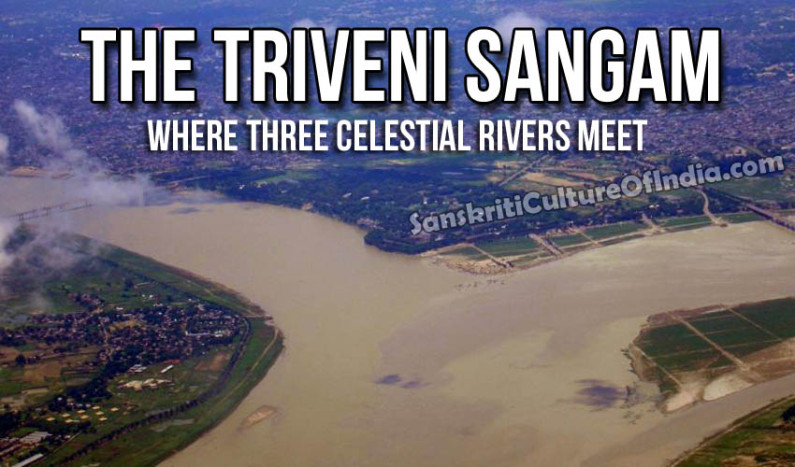
After crossing River Ganga,they reached by foot the holy confluence of Ganga,Yamuna and Sarasvati at Prayag (also known as Triveni Sangamam).They arrived at the hermitage of sage Bharadwaj,who counselled them to seek the area near the mountain of Chitrakoot from Prayag.
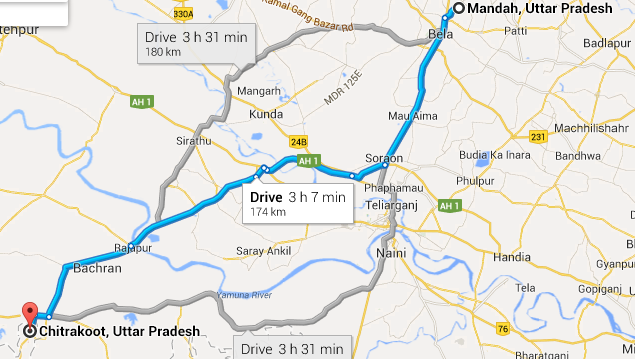
After crossing Yamuna near Sangam,they reached Chitrakoot (on the UP-MP border today),where memorials like Valmiki Ashram,Mandavya Ashram and Bharat Koop still exist.Shri Lakshmana built a modest hermitage on the banks of the river to reside.From Chitrakoot Shri Rama reached Atri Ashram (Satna M.P.) and crossed the dense forests in Madhyapradesh and Chattisgarh to arrive in Dandak Aranya where they visited Sharbang and Sutikshan Muni Ashram(in Satna).Dandakaranya is a vast territory covering the region of south of the Vindhya Mountain range (covering portions of Uttar Pradesh, Madhya Pradesh, Maharashtra and Andhra pradesh).Its Geographical limits were Vindhya mountains to the North,Krishna River in the south and the Mouth of Godavari River in the East.
They started moving deep into the forest and visited the hermitage of Sage Atri and sought his blessings.The wife of Sage Atri,Anusuya gave a gift of jewellary to Shri Sita.It was this collection of jewellary that Sita used to drop in Kishkinda,on the way to Lanka,while Ravana carried her in the Aerial car.
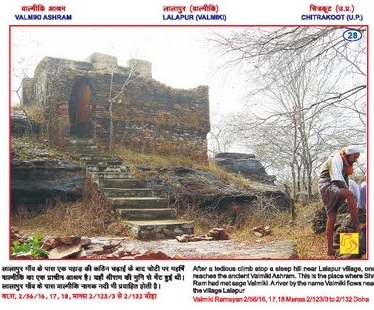



Sharabanga Ashram.
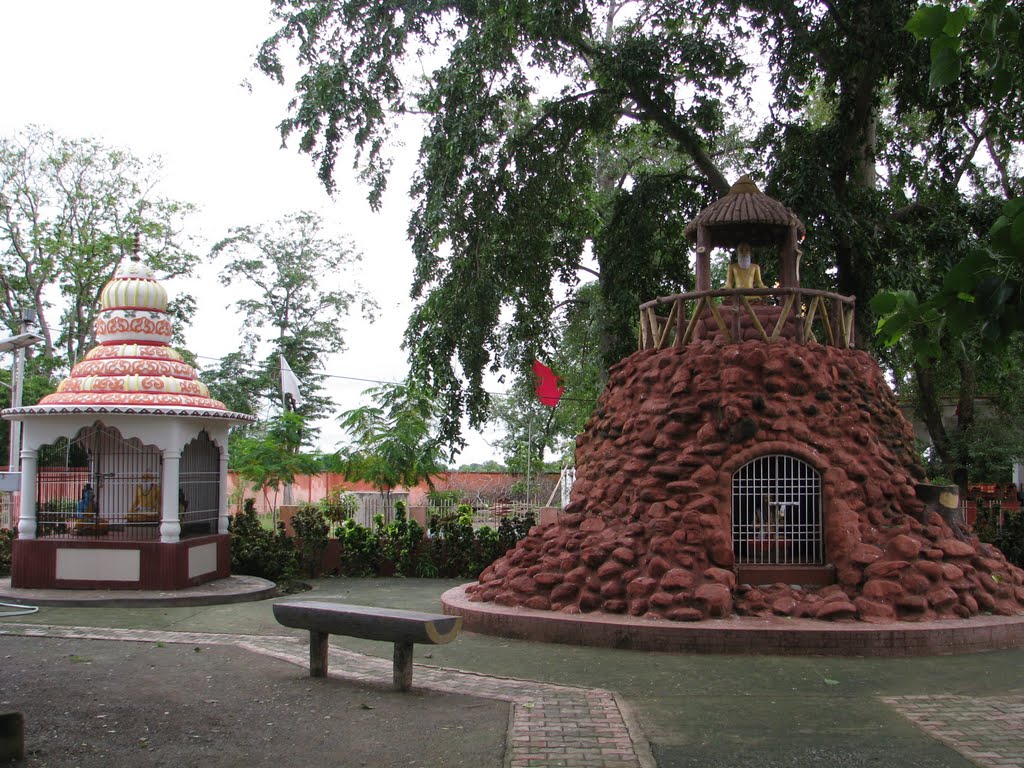
ATRI MUNI ASHRAM.
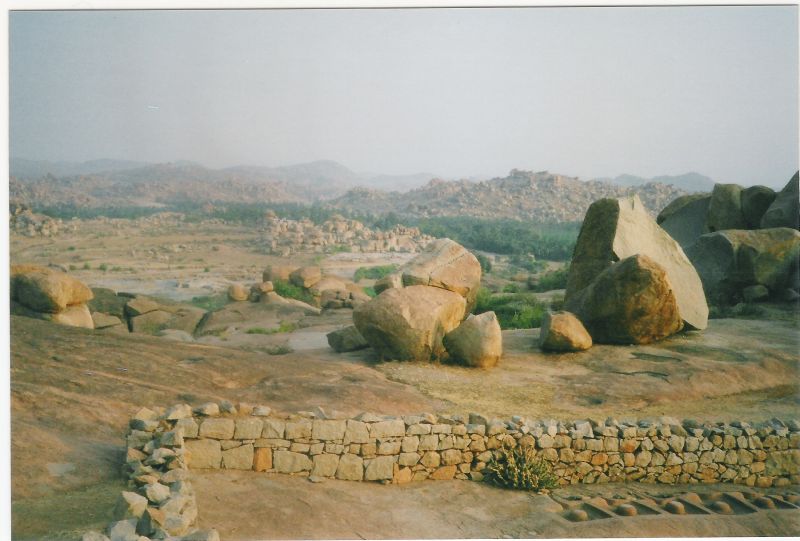
THE REMNANTS AT KISHKINDA AREA.
They visited several Ashrams along the Narmada and Mahanadi rivers as well and finally returned to Sutikshan Ashram.Several memorials in Pauna,Raipur,Bastar and Jagdalpur retain relics of Mandavya Ashram,Shringi Ashram,Ramalaxman Mandir and so forth.
Finally,they reached Agastya’s Ashram (Nashik) where weapons made in Agnishala were given by Agastya muni.From Agastya Ashram,they went to stay in Panchavati on the banks of Godavari where Shoorpanakha, Ravana’s sister disguised as deer,lured Rama away from his consort Sita Mahalakshmi.The river Godavari originates in the Western ghats at a place called Thriyambakeshwaram close to the current day Nashik.Panchavati is located near Bhadrachalam on the banks of Godavari river close to Bay of Bengal.Nashik region is full of the memorials such as Mrigvyadeshwar, Baneshwar, Sita sarovar and Rama kund.Sarvatiratha memorial is still preserved in Taked village,56 km from Nashik.
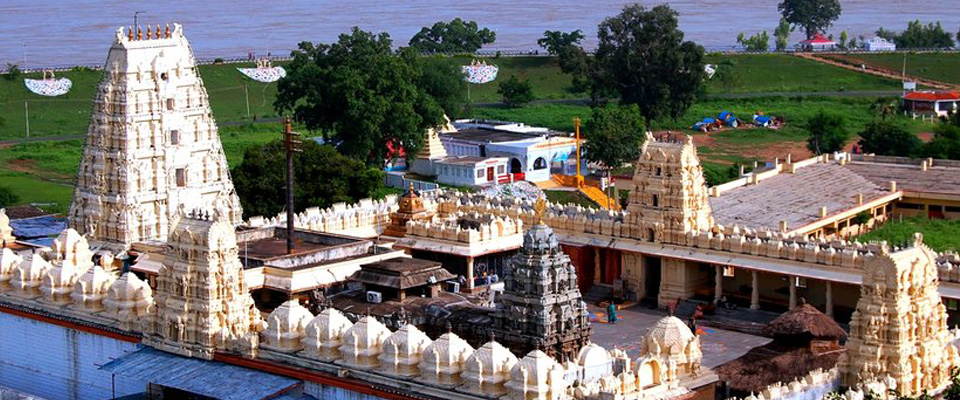
BHADRACALAM TEMPLE
According to Itihaas Ramayana,the significance of Bhadrachalam shrine dates back to the Ramayana Era.This hill place existed in the ‘Dandakaranya’ of Ramayana period where Shri Rama with his consort Shri Sita and Brother Laxmana had spent their Vanavasa.The place called Parnashala-the place famous for Golden Deer and the place where Shri Sita was abducted by Ravana is also in the vicinity of this Temple site.
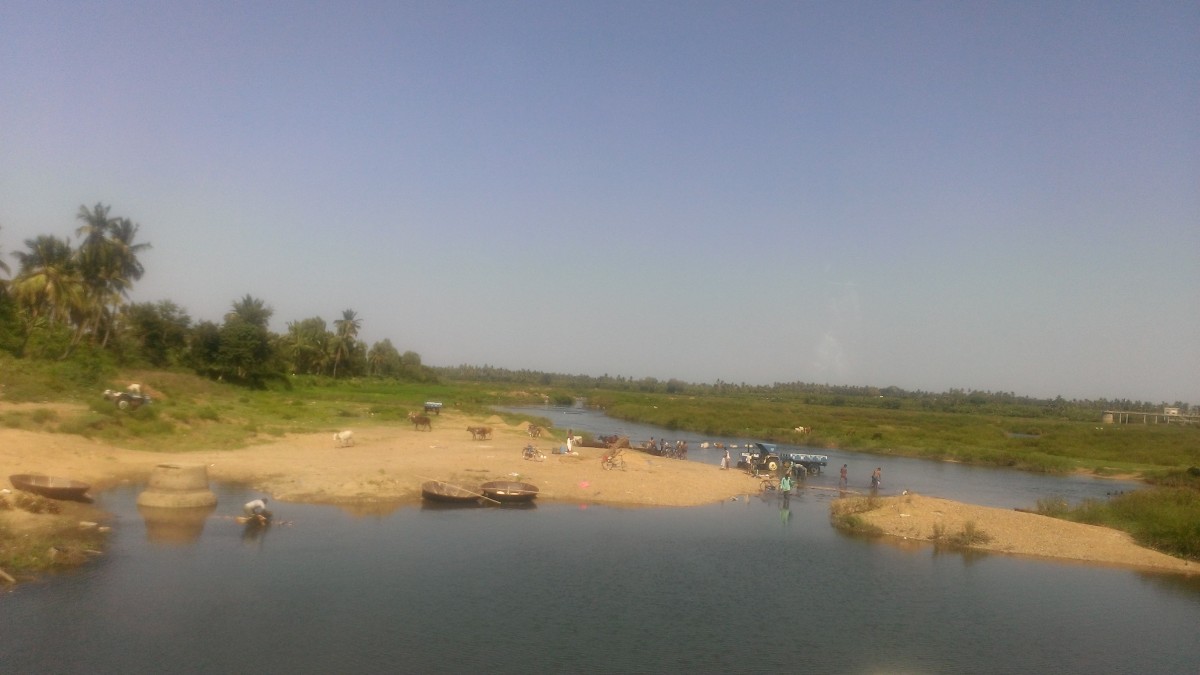
RIVER TUNGABADHRA.
Along the Tungabadhra and Kavery rivers,Rama and his younger brother Laxman met Jatayu and Kabandh then moved south to Rishyamook Parbat.After Shri Sita was carried away by Ravana,Shri Rama and Lakshmana wandered all over and reached Kishkindha,a Mountain range in the Tungabadhra river valley near Hampi.
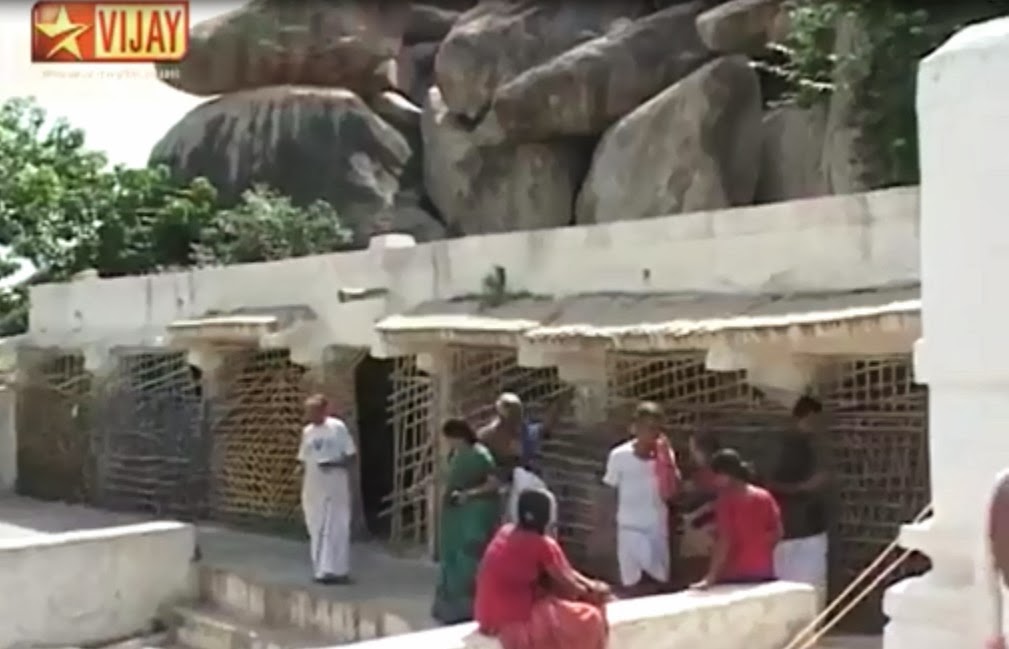
SABARI ASHRAM.
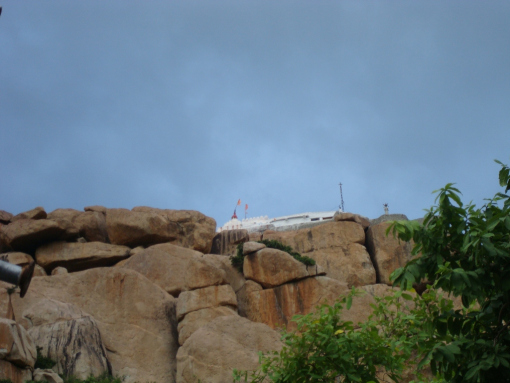
THE BIRTH PLACE OF SHRI ANJANEYA-ANJANADHRI.
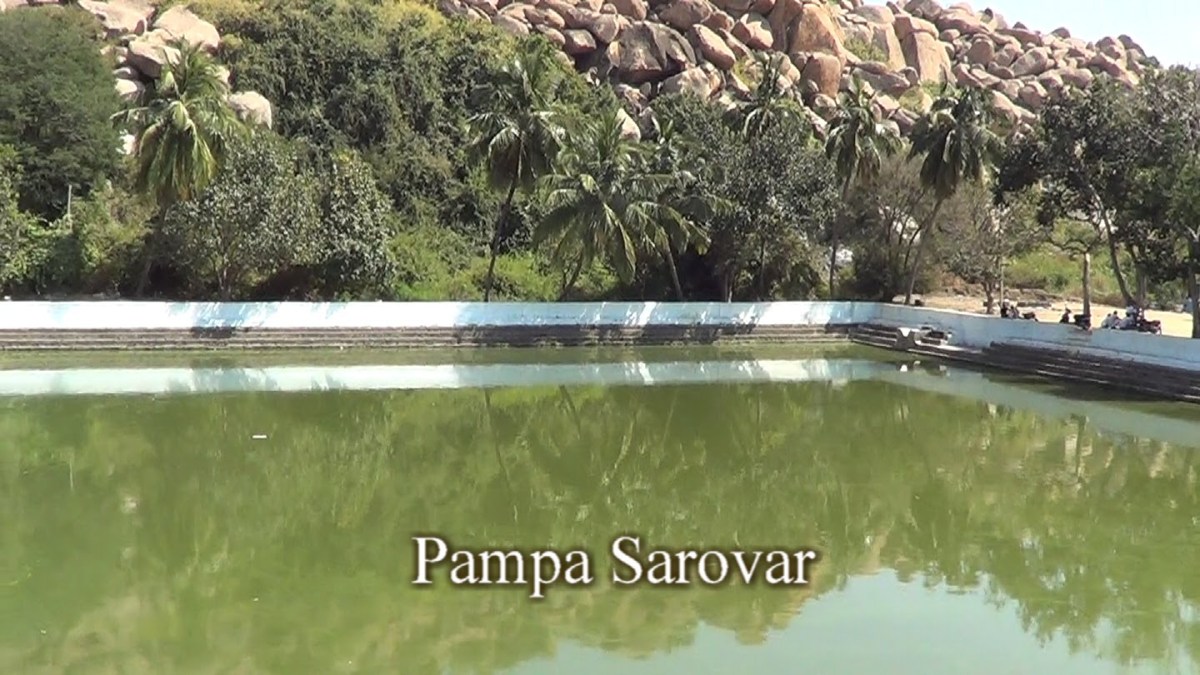
On the way they visited Shabari Ashram in Pampasarovar area (Soreban in Belgaon), still famous for its Ber Trees and reached Rishyamook where they met Shri Hanuman and Sugreev.Near Hospet,there is a place called as Anjanadhri,the birth place of Shri Hanuman.This is a major site associated with Rama’s exile.Rama killed Bali in this area(Hampi in Karnataka) and eqipped with an army provided by Sugreev,reached the Southernmost tip of Indian Peninsula.
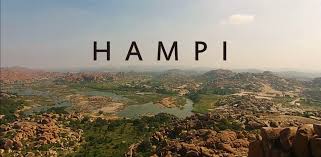
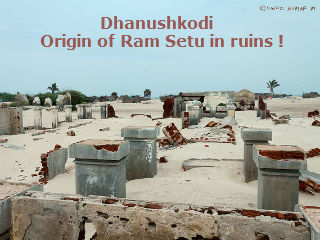
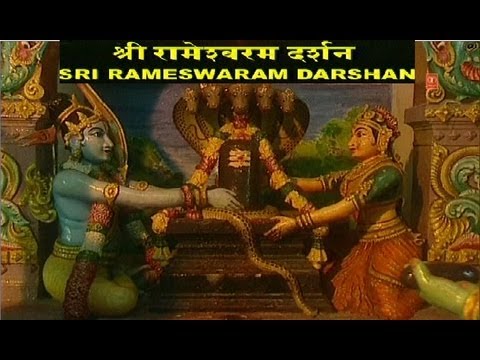

After Shri Hanuman located Sita in lanka,Shri Rama and Lakshmana,arrived at the Southern tipm of the Land and Shri Rama marked the place with his bow (Dhanush) thus the place got its name Dhanushkodi from where they launched the expedition to Lanka by building a bridge the Divine Rama Setu.Dhanushkodi was washed out in a tidal wave in 1964 and is now under the Sea,but some remnants of Dhanushkodi is still visible.The Shiva Temple where Shri Ram worshipped Lord Shiva at Rameshwaram is one of the most sacred site for Philgrims.Here Shri Rama built a Shivalinga and offered prayers to Shiva before building Rama Setu.Tamil Sangam Literature also mentions the exploits of Shri Rama.
For thousands of years Ramayana was spread throughout India from North to South and from West to East in precise manner through Drama’s and Festivals and Celebrations and through Street,Village and Tribal Arts.

No comments:
Post a Comment